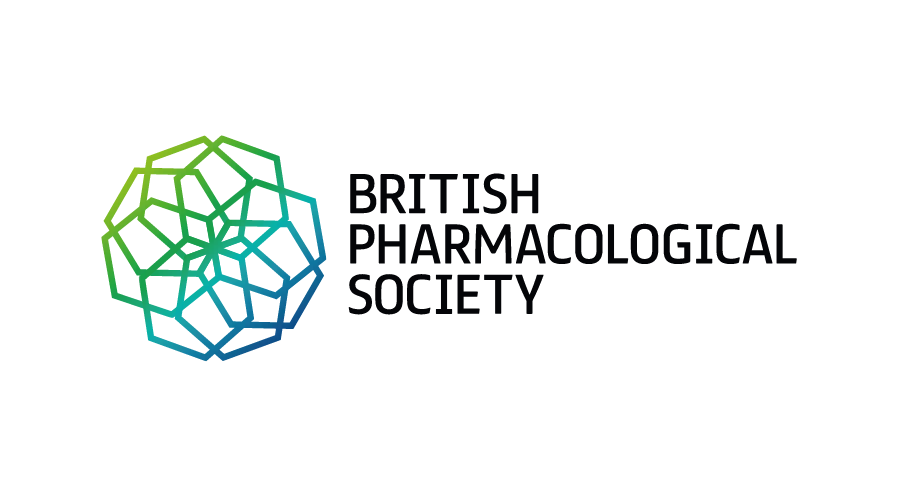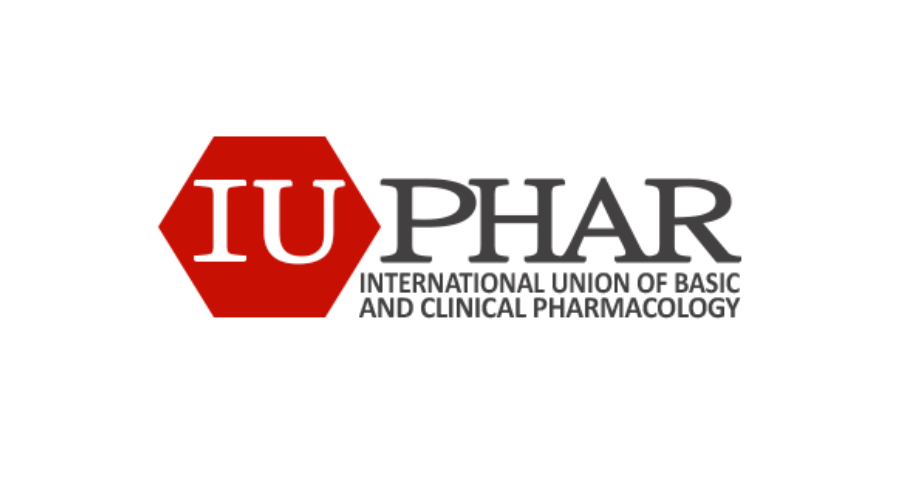Medical innovation and drug discovery in Scotland
Medical innovation and drug discovery in Scotland: then and now
Scotland is a world leader in neuroscience research, regenerative medicine, and developing treatments for cardiovascular disease, metabolic disease and oncology.
In the University of Glasgow and the University of Edinburgh, Scotland is home to two of the world’s top 50 universities for life sciences and medicine. The universities of Aberdeen, Dundee, St Andrews, Strathclyde, Heriot-Watt University and Robert Gordon University are also centres of research excellence in the life sciences.
It boasts one of the largest collections of science companies in Europe, with a combined turnover exceeding £4 billion. Its pharmaceuticals sector is worth £2.7 billion annually. It is home to over 150 pharma services and supply companies, from global leaders such as Charles River Laboratories, Quintiles and Encap Capsugel, to young, innovative companies with cutting-edge technologies such as Clyde Biosciences and Biopta.
A proud history of innovation and discovery
Scotland has always been at the forefront of medical innovation and drug discovery. The impact made by its scientists and universities has been felt worldwide.
Some of its great innovators of the past have included:
- Sir Alexander Fleming: penicillin (1928)
- Alick Isaacs: interferon (naturally occurring protein invaluable in the fight against infection and in the development of radical new drugs and treatments, including those to combat hepatitis C – 1957)
- Sir David Jack: salbutamol anti-asthma treatment (1960s)
- Professor Ken Murray: discovered the hepatitis B virus, leading to the development of the world’s first recombinant vaccine and the formation of Biogen (1978)
- Sir James Black: beta-blockers (Nobel Prize for Medicine, 1988)


